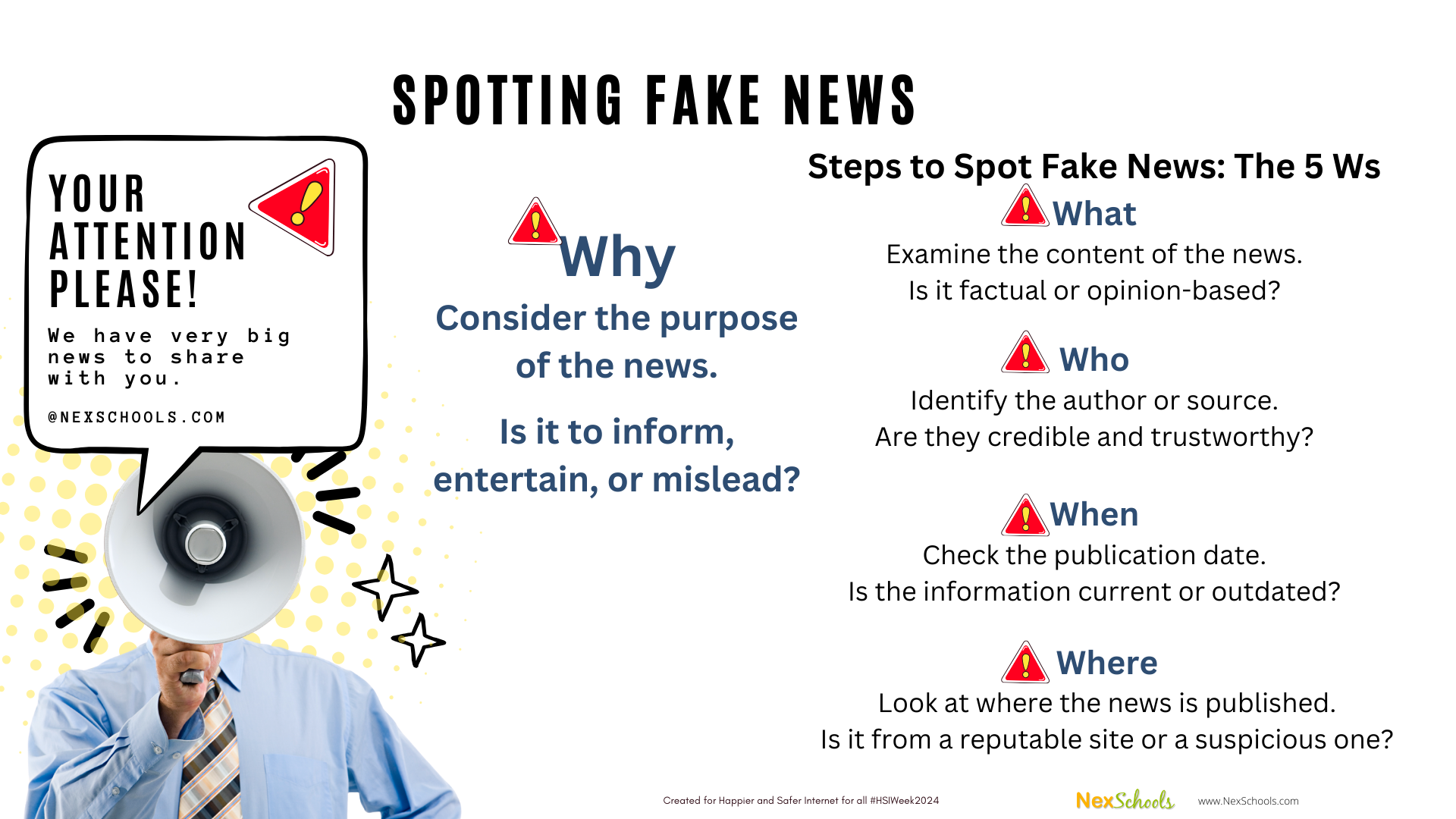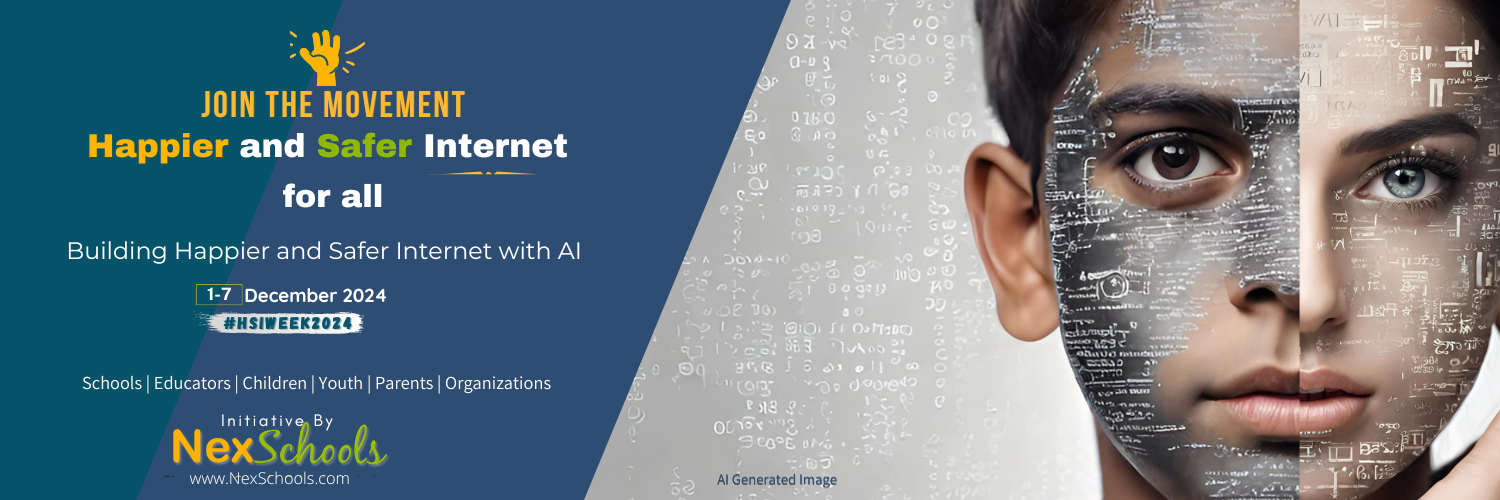Fake Spotting Made Simple with 5 Ws
Discover essential fact-checking hacks and media literacy strategies for your classroom. Equip students with the skills to navigate the digital world confidently and responsibly
In today's digital age, the ability to critically evaluate information is more crucial than ever. Educators play a pivotal role in equipping students with the skills needed to navigate the vast sea of information they encounter daily. One effective approach is teaching media literacy techniques focused on fact-checking and verification. These skills not only help students discern credible sources from misleading ones but also empower them to become informed and responsible digital citizens. Through structured activities and practical exercises, educators can instill a robust understanding of how to evaluate information critically, ensuring that students are well-prepared to face the challenges of the digital world.

Looking for more help click here - Guide To Blog Posting>>>
One effective method for teaching these skills is the 5 Ws approach (What, Who, When, Where, Why). This technique encourages students to analyze information comprehensively and systematically. By understanding the full context and underlying motives of a piece of information, students can better distinguish between credible sources and misleading or false content. Here’s how educators can apply the 5 Ws in the classroom:

What
Question: What is the main claim or piece of information being presented?
-
Explanation: Students should identify the core message or claim in the information they are evaluating. This involves looking at the main points and supporting details to understand the essence of what is being communicated.
-
Activity: Have students summarize the main claim of an article or post and list the key evidence provided to support it.
Who
Question: Who is the source of this information?
-
Explanation: It’s important to know who is behind the information. Students should investigate the credibility of the author or organization, checking for qualifications, affiliations, and potential biases.
-
Activity: Assign students to research the author or publisher of a news piece. They can look for an "About" section, author bios, and other publications by the same source.
Read all from Happier and Safer Internet - A Project
No YouTube, No Instagram - Is India Ready to Ban Social Media for Kids
Minimum Age Limits for Social Media Use Worldwide
CTRL Movie Review - Why Parents Should Be Worried
How Schools Get Involved With Cyber Safety Awareness Week
Symbiosis Skills & Professional University Hosts Event on Digital Ethics and Safer Internet
SCERT Delhi Organizes Training for ICT Teachers to Prepare for an AI-Driven Future
When
Question: When was this information published or updated?
-
Explanation: The timing of information can affect its relevance and accuracy. Students should check the publication date and consider if the information is current and applicable to the present context.
-
Activity: Ask students to find the publication date of a news article and discuss its timeliness and relevance to current events.
Where
Question: Where is this information coming from, and where was it published?
-
Explanation: The platform or location of publication can influence the credibility of the information. Students should assess the reputation of the website, publication, or platform where the information appeared.
-
Activity: Have students evaluate the credibility of the website or platform hosting the information, looking at factors like professionalism, design, and known biases.
Why
Question: Why was this information created and shared?
-
Explanation: Understanding the purpose behind the information helps in identifying potential biases and motives. Students should consider why the author or publisher created the content and what they aim to achieve.
-
Activity: Encourage students to discuss the possible motives behind a piece of information, whether it’s to inform, persuade, entertain, or provoke.

Putting It All Together
By practicing the 5 Ws approach, students learn to scrutinize information critically and thoughtfully. These skills not only help them discern credible sources from misleading ones but also empower them to become informed and responsible digital citizens. Through structured activities and practical exercises, educators can instill a robust understanding of how to evaluate information critically, ensuring that students are well-prepared to face the challenges of the digital world.
Incorporating these techniques into classroom activities, such as the group analysis of news articles using the 5 Ws, makes the learning process engaging and practical. As students work together to dissect information and present their findings, they build collaboration and communication skills alongside their critical thinking abilities. Ultimately, these efforts contribute to a more media-literate and conscientious society.
Looking for more help click here - Guide To Blog Posting>>>